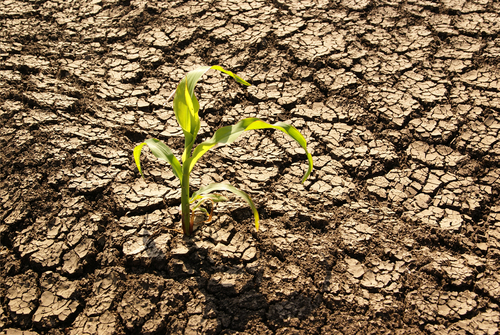The Local newsletter is your free, daily guide to life in Colorado. For locals, by locals.
Here we go again…maybe.
This summer’s flooding might have ramped up reservoir levels across parts of Colorado, but drought conditions in the state persist in several areas. The United States Drought Monitor reported this week that roughly three-quarters of Colorado faces some form of drought, the Pueblo Chieftain says. The state’s southeastern region—in the Arkansas Valley—is the hardest-hit area, and the paper reports Bent, Crowley, and Otero counties “are listed as being in exceptional drought.”

Both the South Platte and North Platte basins are drought-free, and reservoir levels in Colorado have been reported at nearly 83 percent of average, up 17 percentage points from the same time last year. The Chieftain says 10 percent of the increase came since the September floods.
“Storage levels are strong and better than they were this time last year, easing concerns of municipal providers,” Taryn Finnessey, of the Colorado Water Conservation Board, told the Chieftain. “Early season snow has been decent, but long-range forecasts paint an unclear picture as to what we can expect throughout the winter months.”
Among the biggest concerns right now is whether the water levels can hold through the winter, since the state’s greatest snow accumulation happens in March and April. So far, snowpack levels are a bit above average for Colorado, but the paper says early-season snowfall isn’t used to predict future water supplies.
—Image courtesy of Shutterstock








